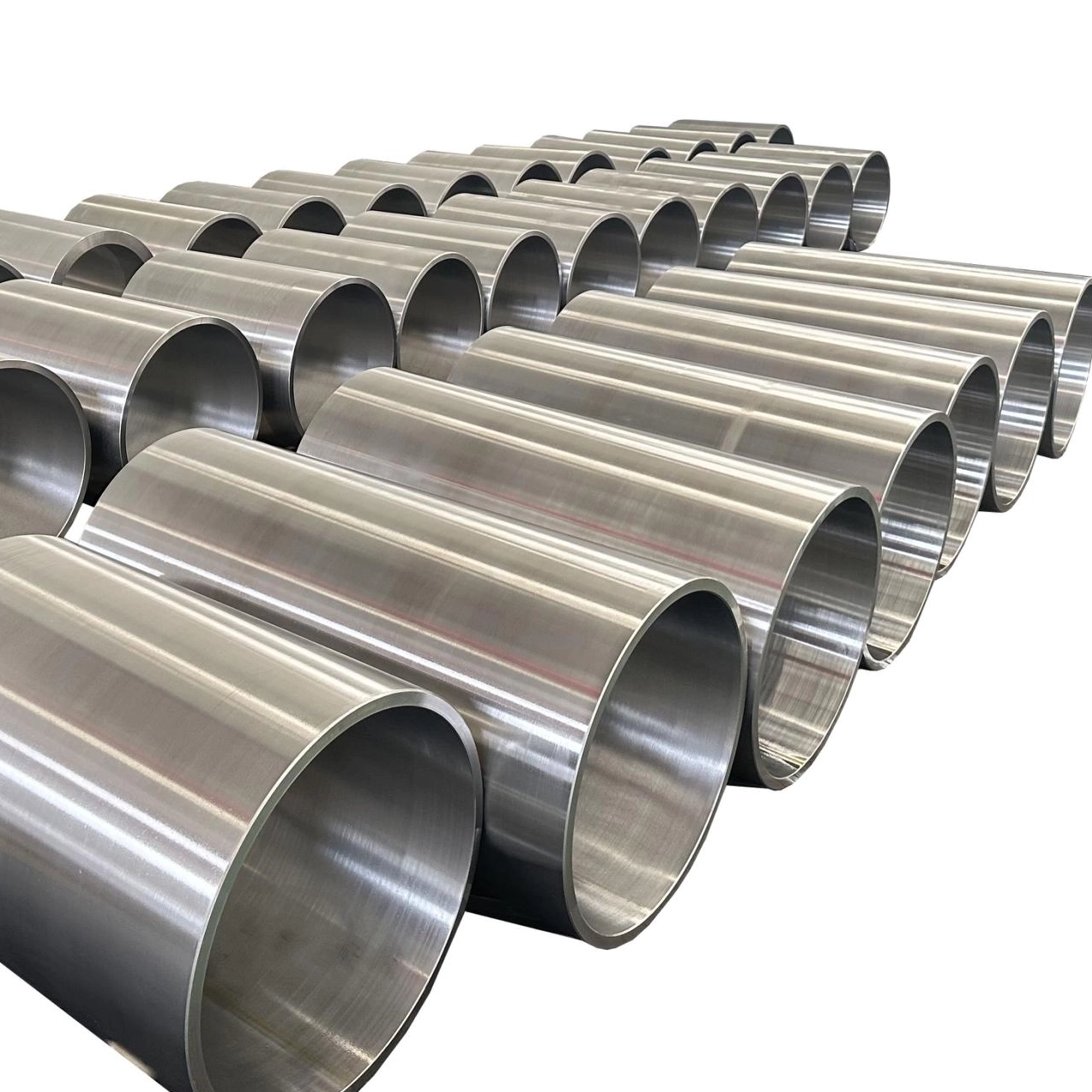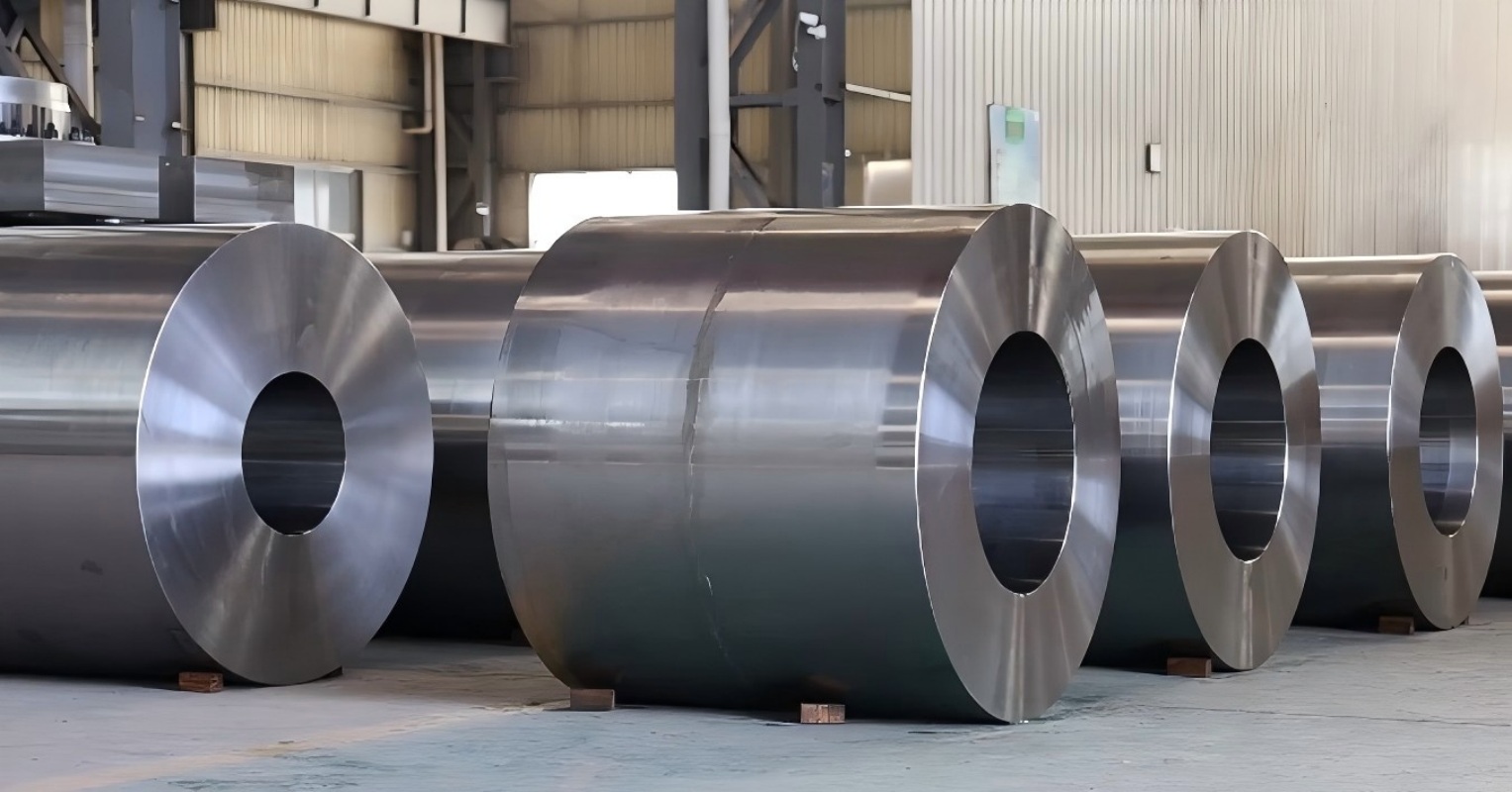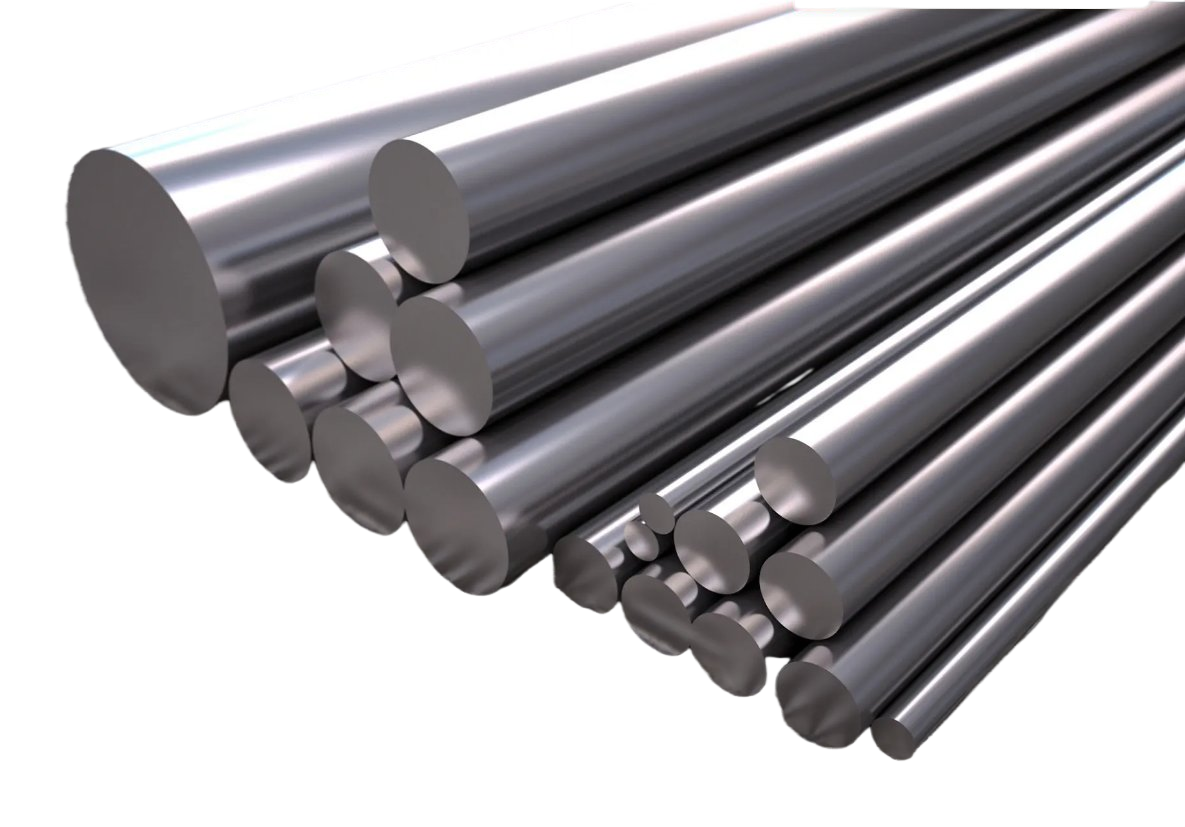
Comparison results of hardness, microstructure, and room temperature transverse mechanical properties were obtained through three different quenching processes during the actual quenching and tempering of 500mm forged large round bars. The final decision was made to use water air alternating cooling as the optimal quenching cooling process, and the overall hardness deviation of the steel after one tempering was ≤ 2.5HRC. The core tissue is composed of uniformly tempered martensite and a small amount of residual austenite, and the transverse tensile performance of the steel core at room temperature is the highest. During quenching, alternating water air cooling is used, resulting in the shortest total quenching time and highest production efficiency. As a quenching medium, water has the advantages of low price, no pollution, and stable performance, making it the preferred quenching cooling medium for quenching and tempering plants.

The austenitization of Cr12MoV steel at 1100-1150 ℃ allows almost all carbides to dissolve in the austenite, followed by rapid spheroidization at 720 ℃ → 750 ℃ → 720 ℃ immediately after rapid cooling, which can completely eliminate network carbides and large pointed carbides, and eliminate the inheritance of coarse structures. After final heat treatment, the grain size can reach 10-12 levels, and the carbide particles are refined and round, which greatly increases the impact toughness of the steel and prolongs the service life of the mold.

Due to the uneven furnace temperature of the annealing furnace, the insulation temperature of some steels is much lower than 680 ℃. Although the insulation time is long, the transformation from austenite to ferrite+carbide cannot occur during the insulation stage, and only the austenite state can be maintained. In the subsequent cooling process, although the speed is slow and the furnace temperature is low, the transformation from martensite still occurs. Therefore, there is a significant residual stress after cooling, and due to the slow cooling rate, thermal stress should be well released. In the residual stress, tissue stress dominates, with the core subjected to tangential compressive stress and the surface subjected to tangential tensile stress. When the residual stress exceeds the tensile strength, explosion occurs.